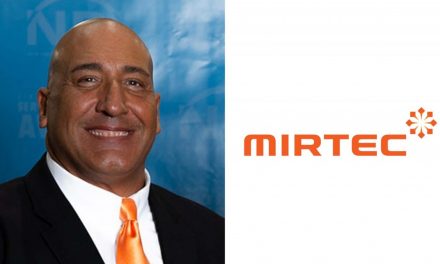What’s The SCOOP – Thought For The C-Suite #3 of 8 – Transformative Transformation

By Philip Spagnoli Stoten Founder of SCOOP
There’s been a lot of talk about digital transformation for most of the last decade. I’ve talked about it numerous times and often implied it is the solution to most problems, but is it, and when is digital transformation actually transformative to a business?
Like many, I’ve suggested just getting started on the digital transformation journey, but now I think it’s time to be more considered and to ensure the digital strategy and the business strategy are fully aligned.
As an industry, we’ve developed numerous digital tools that supposedly help us do our jobs better. We’ve developed connectivity standards that make the generation and aggregation of data easier. We’ve developed adaptable automation systems that could make us more efficient, improve our quality and perhaps even resolve or mitigate some of the growing skill or talent shortages. And we’ve developed some amazing inspection and traceability solutions that detect issues earlier, increase yield, minimize waste, improve quality and ensure any recalls have as little impact as possible.
But the question that remains is “have we created a better manufacturing and supply chain ecosystem that is truly fit for the future?”. And if not, how can that be achieved? And what is needed from those developing transformation solutions to develop transformative solutions? We’ve had almost a decade to transform the industry under the guise of the fourth industrial revolution and I think we failed to go fast enough and as a result we didn’t have the tools we should have had to manage and mitigate the most recent disruptions, such as the COVID pandemic or the current supply chain issues.
Right now everyone is preoccupied with parts shortages and the supply chain. Many are also concerned about the realities of consumer demand and the data supporting growing manufacturing order books. A good friend and EMS executive recently asked me, “After years of not believing our customers’ forecasts, why are we suddenly believing their orders?” Like many this executive is concerned that the high level of orders are giving a false impression and we might be in for a correction, cancellations, or volumes being pushed out when the supply side finally catches up. This is just one side of the supply chain, the demand side.
On the supply side, transparency, accountability, predictability and visibility are all top of wish lists. They want to know when parts will arrive and they want to know that they can track shipments and rely on the data they get.
Where previously some wanted a glass factory to see where each project was and how it was performing throughout the manufacturing process, now they want a glass pipeline, with visibility on the location and expected arrival time of every part. Component manufacturers and distributors are going to have to work with EMS companies and the brands they serve to ensure this kind of transformation becomes a reality and some level of harmony is returned to the supply chain.
This is but one example of transformative transformation that seeks to solve a real world problem, creates value for all stakeholders, and reflects the strategic needs of the entire industry. This can only happen when we fully align strategy and transformation.
These are also available in audio form on the “EMS@C-Level” podcast, wherever you get your podcast or at https://emsatc.buzzsprout.com
See also:












